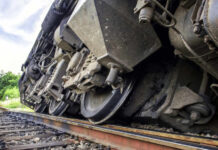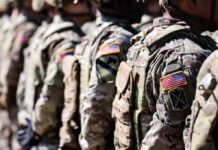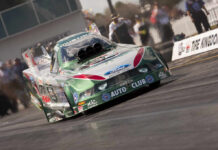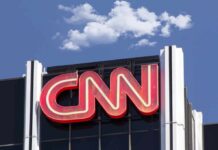
The return journey for two NASA astronauts aboard Boeing’s troubled Starliner spacecraft has been postponed yet again as engineers grapple with several critical technical issues. Astronauts Butch Wilmore and Suni Williams, who were set to return from the International Space Station (ISS) on June 13, are now stuck due to malfunctions in the Starliner’s systems.
The Starliner, which is docked at the ISS’s Harmony module, is facing significant hurdles, including five helium leaks and multiple thruster failures. These issues have already delayed the astronauts’ return three times, with a 45-day window now in place to bring them back safely, according to officials.
Compounding the situation is the limited fuel in the Harmony module, which restricts the safe return options. The propulsion system issues, particularly the helium leaks and thruster failures discovered during the 25-hour flight to the ISS, have left engineers scrambling for solutions. Boeing’s Starliner program manager, Mark Nappi, noted, “We’ve learned that our helium system is not performing as designed,” highlighting the gravity of the problem.
Public reactions on social media have been swift and critical. Many have called for Elon Musk’s SpaceX to step in, with users on X expressing their concerns. “Boeing Starliner literally falling apart in space right now,” wrote one user, Captain Coronado, echoing widespread unease about the spacecraft’s reliability.
Space expert Jonathan McDowell offered some reassurance, suggesting that while the situation is serious, it may not be as catastrophic as it seems. “You can lose a few thrusters and still be OK because there are many of them,” he explained, adding that the priority is to ensure these smaller issues do not mask larger problems.
The Starliner program has encountered numerous difficulties since its inception, with the current mission marking its first manned flight. The technical issues facing the spacecraft now are a significant test for Boeing’s engineering team, who must quickly diagnose and resolve the malfunctions to ensure the astronauts’ safe return.
Should Boeing be unable to fix the problems in time, Wilmore and Williams may have to wait until August for the scheduled arrival of SpaceX’s Dragon spacecraft. This potential delay highlights the critical importance of robust and reliable spacecraft systems for manned missions.
As engineers work against the clock, Nappi stressed the importance of resolving the issues, stating, “Albeit manageable, it’s still not working like we designed it. So we’ve got to go figure that out.” The successful resolution of these issues is vital for the safe return of the astronauts and the future credibility of the Starliner program.
This incident raises broader questions about the reliability of Boeing’s spacecraft and the overall safety protocols for manned space missions. As the situation develops, the space community and the public are closely monitoring, hopeful for a successful outcome that ensures the astronauts’ safe return to Earth.




























